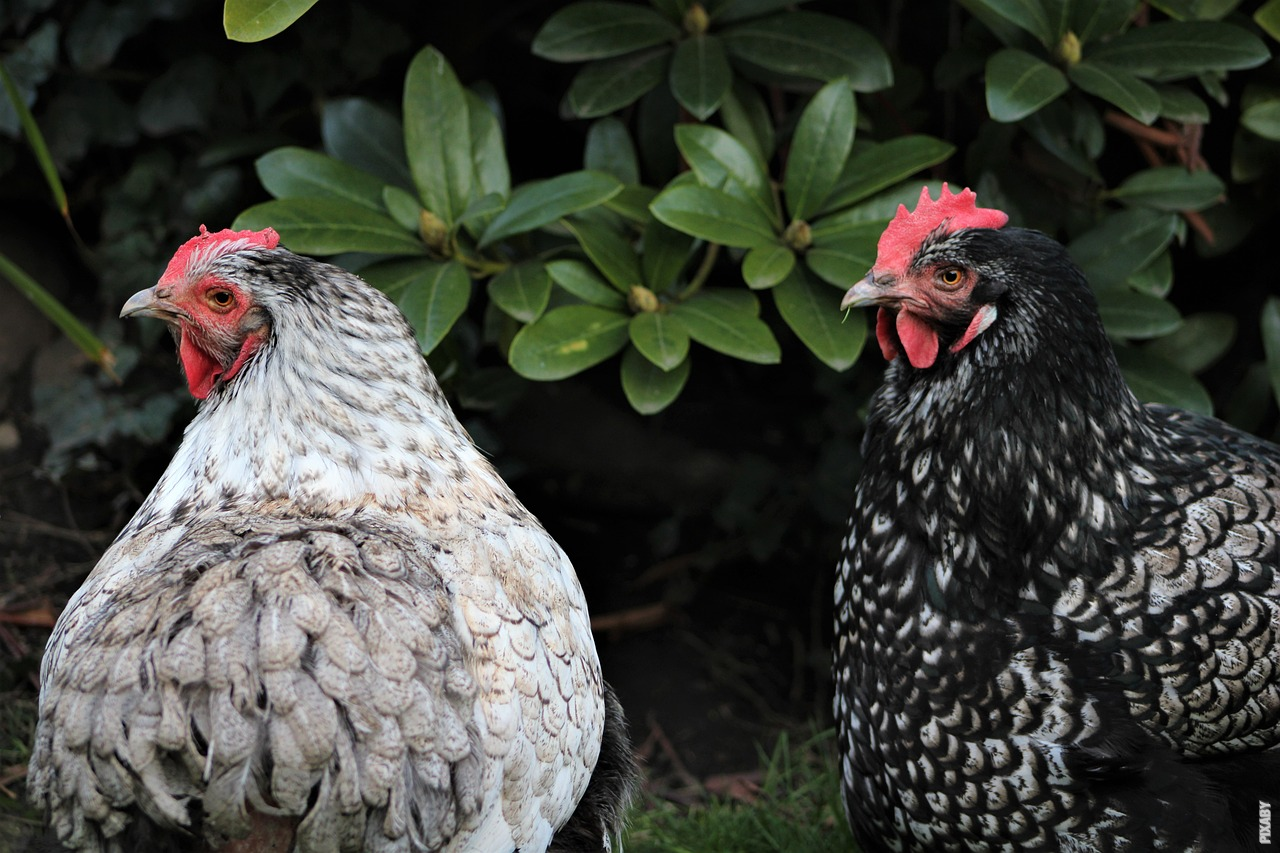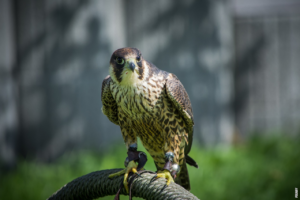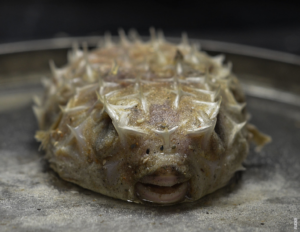Feathers: Nature’s Masterpiece
Feathers are one of nature’s most remarkable creations, serving a multitude of purposes for the creatures that possess them. While most commonly associated with birds, feathers have a rich evolutionary history that dates back millions of years. In this article, we will explore the fascinating world of feathers and how they have evolved over time.
The Origins of Feathers
Feathers first appeared during the Late Jurassic period, approximately 150 million years ago. They are believed to have evolved from reptilian scales, with early feathers serving as insulation rather than for flight. These primitive feathers were likely simple filaments that provided warmth to early feathered dinosaurs.
Evolutionary Advancements
Over time, feathers underwent remarkable transformations and developed new functions. One of the most significant advancements was the development of flight feathers, enabling birds to take to the skies. Flight feathers are highly specialized, providing lift and maneuverability essential for powered flight. This evolutionary innovation revolutionized the animal kingdom, allowing birds to explore new habitats and dominate the skies.
Feathers in Modern Birds
Today, feathers serve a variety of functions in modern birds. Beyond flight, feathers play a crucial role in thermoregulation, waterproofing, and courtship displays. They come in a myriad of shapes, sizes, and colors, each adapted to the unique needs of different bird species.
The Beauty of Feathers
Feathers have captivated human imagination for centuries, inspiring art, fashion, and scientific curiosity. Their intricate patterns and vibrant hues have made them a symbol of beauty and grace. The iridescent feathers of hummingbirds, the majestic plumage of peacocks, and the streamlined feathers of raptors all showcase the diversity and wonder of these remarkable structures.
Post
Post
Feathers Beyond Birds
While feathers are most commonly associated with birds, they are not exclusive to them. Certain non-avian dinosaurs, such as Velociraptors and Archaeopteryx, also possessed feathers. These discoveries have provided valuable insights into the evolutionary link between dinosaurs and birds, further highlighting the significance of feathers in the history of life on Earth.
Feathers: A Living Legacy
Feathers are not just relics of the past; they continue to shape and influence the natural world today. Scientists study feathers to understand the health of bird populations, determine their diets, and even gain insights into climate change. Feathers have become invaluable tools for scientific research, offering a window into the lives and histories of the creatures that possess them.
In Conclusion
From their humble origins as simple filaments to their magnificent forms in modern birds, feathers have evolved into nature’s masterpiece. Their adaptability, functionality, and sheer beauty make them a marvel worth exploring. So, the next time you encounter a bird in flight or admire a feathered friend, take a moment to appreciate the incredible journey that feathers have undertaken throughout the ages.



